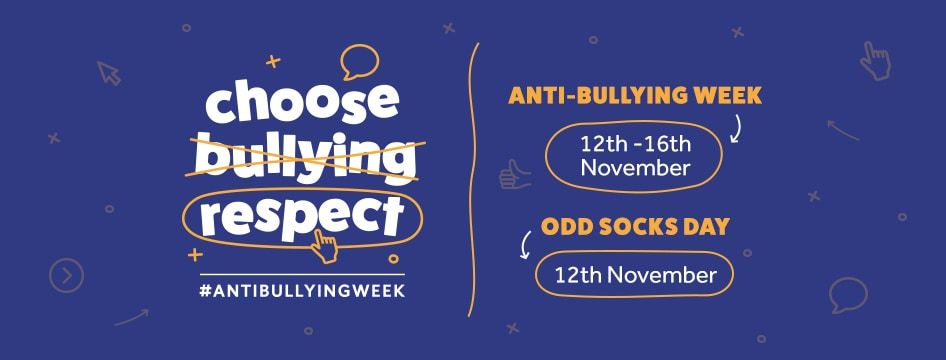
LGfL DigiSafe raises awareness of latest online bullying statistics in anti-bullying week
Published
Tuesday, 13 November
Author
Mark Rosser
Categories
Share
This is a series of occasional news items by BESA members and is part of their paid membership service. These views are not necessarily those of BESA and a published news item does not constitute an endorsement.
In recognition of anti-bullying week taking place from 12– 16 November and anti-cyberbullying day on Thursday 15 November, not-for-profit LGfL DigiSafe is drawing attention to the latest statistics from its Hopes and Streams online safety report published earlier this year, which reveals that 1 in 4 pupils have been bullied online. The report also uncovered the following statistics:
- In 2018 1 in 4 pupils admit to being bullied online, an increase from 1 in 5 in 2015
- 1 in 13 pupils admit to bullying others online
- 1 in 3 pupils have witnessed bullying online
- 1 in 6 pupils have seen something that encourages self-harm, with this figure rising to 1 in 4 for 15 – 16 year olds
- With friendships an important part of children’s online experiences, LGfL DigiSafe sees it as its mission to arm teachers with the latest information on online safety and bullying, enabling them to deliver targeted lessons and PSHE for pupils as well as signpost them to relevant resources.
LGfL DigiSafe’s Hopes and Streams survey – the UK’s largest ever nationwide online safety survey of 40,000 children aged 7-16 – revealed insights on six main topics including: video chatting and live streaming; experiences on apps, sites and games; contact risk – making friends and meeting people online; seeing, sending and receiving content; pornography; online friendships, bullying and mental health.
The report also highlighted the elements of the online world pupils enjoyed, including the opportunity to learn new skills, build relationships and broaden their horizons.
Mark Bentley, Online Safety and Safeguarding Manager at LGFL DigiSafe, commented on the findings,
“Friends and friendships can be what makes a young person’s online experience, but of course they can also break it, or sometimes do both at the same time.
“When conducting the survey, which looked into many facets of children’s online lives, we found of all the worrying things pupils said they had sent or received (including pornography, violent and sexual content) they were far more likely to have sent or received bullying messages than any other category of worrying item.
“The prevalence of ‘self-harm bullying’ uncovered in the survey is a particularly worrying trend with many free text comments from children revealing distress about receiving incitement to harm themselves as a form of bullying. One typical comment, mirrored by many others, came from a 16-year old girl who said ‘People get told to commit suicide and sent pictures with the ‘correct’ way to do it’.
“Schools naturally have a part to play in addressing online bullying and it is clear they work hard to teach young people how to identify and avoid bullying, through individual activities but also by taking part in peer mentoring schemes to equip pupils with the skills they need to respond to bullying incidents. Encouraging parents to have a clear and open dialogue with their children is also crucial – it is important for them to recognise that any child can be bullied as well as that any child can take part in bullying. By raising awareness of these issues and continuing the good work already done by schools and many organisations we can hope to make a real impact in tackling online bullying”.
The full LGfL DigiSafe Hopes and Streams report on the 2018 Pupil Online-Safety Survey is available on the LGfL website at pupilsurvey.lgfl.net
To access a full range of supportive material on online safety and safeguarding including teaching and classroom resources please go to saferesources.lgfl.net
ENDS –
Media contact details:
Livewire PR
020 8339 7440